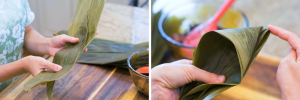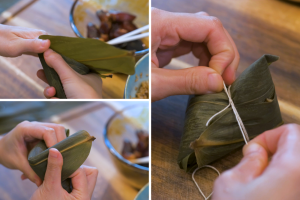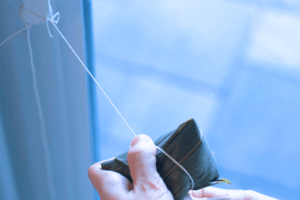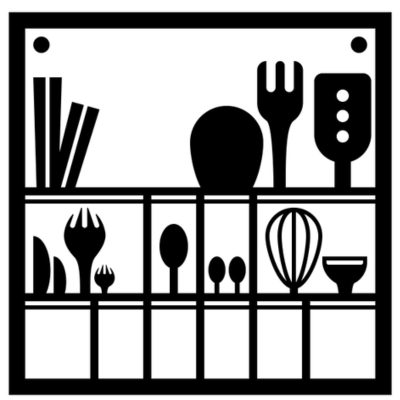Easy Zongzi Recipe (Sticky Rice Dumpling Wrapped In Bamboo Leaves)
Rated 3.6 stars by 21 users
Author:
Servings
12
Zongzi, AKA sticky rice dumplings wrapped in bamboo leaves, is a traditional food we eat during the dragon boat festival. If you have made it before, you know how complicated and time-consuming it is. However, this recipe is an easy version for beginners. Glutinous rice needs to be thoroughly soaked to cook properly. Or else, the outer layer of the rice will gum up when heated and block the moisture from reaching the center. You will end up with a semi-cooked rice dumpling. The soaking traditionally will take takes at least 5 hours or overnight. That's why it is time-consuming to make zongzi. I found that soaking it with hot water can speed up the process. Don't use boiling hot water because we don't want to cook it - Just as hot as your hands can tolerate. So now the soaking will only take 40 minutes.
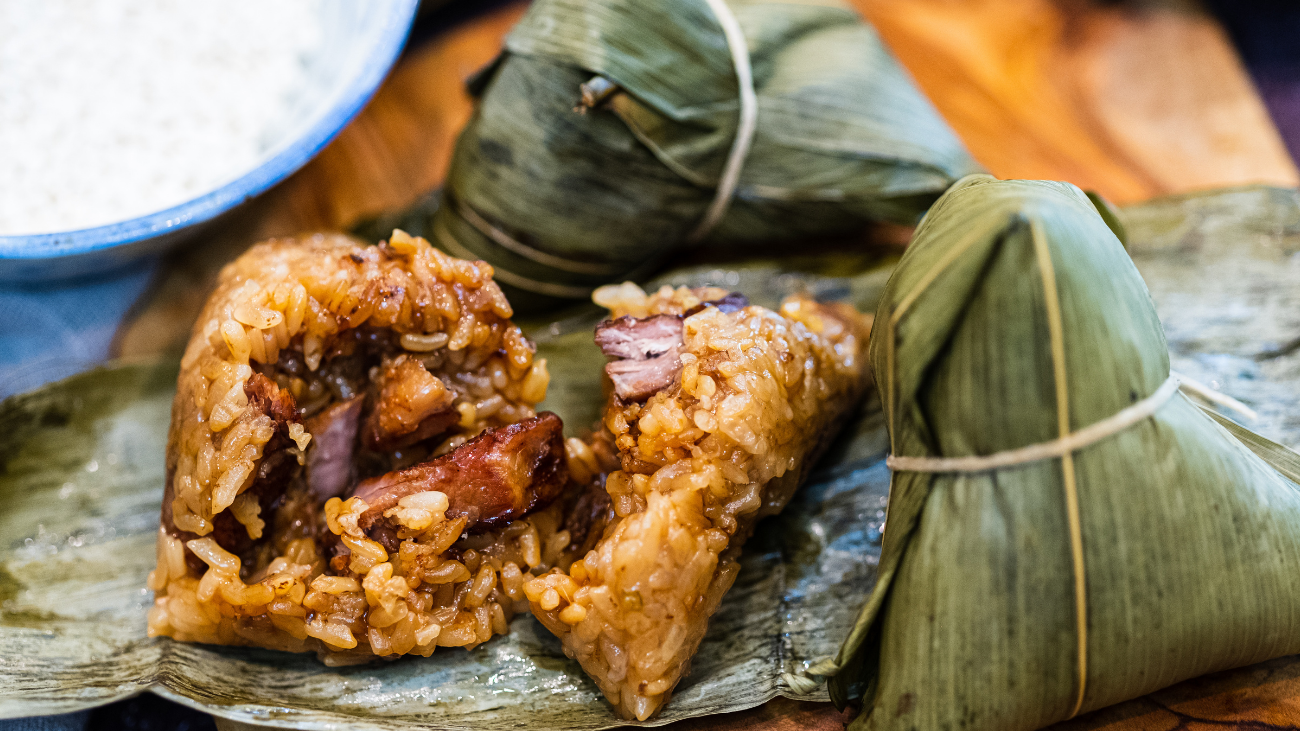
Ingredients
FOR THE GLUTINOUS RICE
-
1.5 lb (680 grams) of glutinous rice
-
3 tbsp of vegetable oil
-
½ cup of diced shallot
-
2 tbsp of diced garlic
-
1.5 tbsp of soy sauce
-
½ tbsp of dark soy sauce
-
20-30 pieces of bamboo leaves
TO MARINATE THE PORK
-
½ oz of pork shoulder meat
-
1 tbsp of soy sauce
-
1 tbsp of dark soy sauce
-
2 tsp of oyster sauce
-
½ tsp of salt
-
1 tsp of 5 spice powder
PRODUCT USED
-
Asian Clay Pot
Directions
Soak the glutinous rice with hot water for 40 minutes.
Cut the pork shoulder meat into bite-size pieces, then marinate it with soy sauce, dark soy sauce, oyster sauce, salt, and five-spice powder for at least 1 hour. If you don't eat pork, feel free to change it to chicken thigh or beef.
Fill a big pot with water and add the bamboo leaves (It is ok to bend the leaves and use something heavy to press them under the water). Bring it to a boil, turn off the heat and let the bamboo leaves soak on the side while prepping the rest of the ingredients.
Drain the glutinous rice thoroughly. Add oil, diced shallots, and minced garlic to a wok. Saute over medium-low heat until the aromatics are lightly golden.
Add the well-drained glutinous rice and stir over medium heat for a couple of minutes. Season the rice with soy sauce and dark soy sauce, then remove from the wok and set it aside.
Take the bamboo leaves out and wipe off the moisture with paper towels. As you are doing this, you should be able to distinguish the rough and smooth sides. The rough side has an obvious stem; it should not be in contact with the rice when wrapping.
Partially stack two bamboo leaves with the pointy tips facing each other and the smooth side facing up. Then, fold it from one-third of the length into an ice cream cone. Be sure to over lab the corner, so the rice will not fall out.
Put some glutinous rice in the bamboo cone. Add some pork pieces, then fill up the rest of the space with more glutinous rice. Use your thumbnail and forefinger to hold the shape, then fold the upper leaves down. Continue to wrap it along the surface and follow the shape of the zongzi. Once done, you should get a pyramid shape. Tie it with a few cycles of kitchen twine.
Fill a big pot with water and add your zongzi. The water should be enough to cover all the zongzi. Bring it to a boil and turn the heat to low. Simmer for 2.5 hours.
Remove the Zongzi from the water and enjoy!



























































